
Seeing your interest, we decided to continue the topic of wintering in warm regions. The first review article about five countries can be read here, and today we will talk about a few more, and this time we will support our theoretical calculations with the practical experience of those who lived there.
Philippines
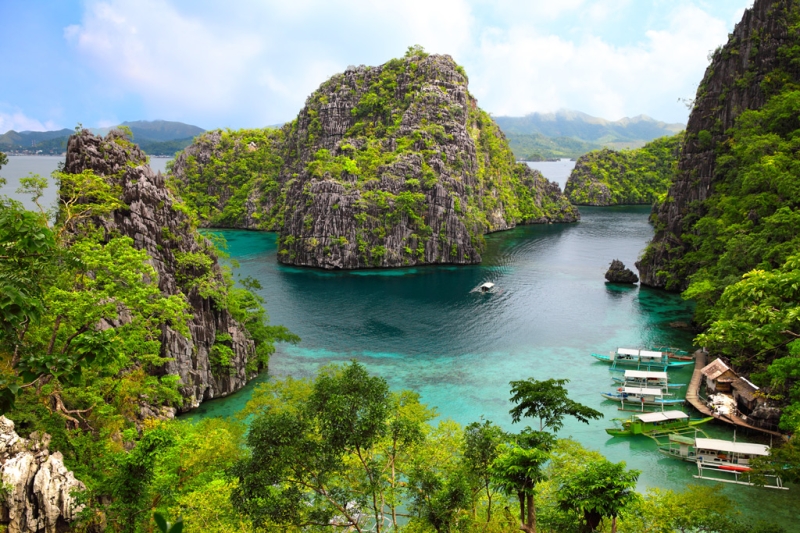
The Philippines compares favorably with Indonesia in the absence of a clearly defined center. Among the 7,000 islands it is impossible to choose one most popular; short-term and long-term tourists are evenly distributed throughout the country. Naturally, many prefer quiet islands with a leisurely lifestyle, where you can bask in the sun, swim in the ocean and feel a little like Robinson: Palawan, Northern Luzon, Dumaguete, Siargao and the list goes on. On the other hand, if you love big cities, you can stay in Manila and enjoy all the benefits of civilization in a tropical climate.
The cost of renting a home in the Philippines depends greatly on the period. If you plan to travel and not stay in one place for more than a month, expect to pay $10-12 per day for a simple guesthouse room. For long-term rentals, the choice expands: there are options from a bamboo bungalow to a villa with a pool. Naturally, the closer to the ocean and the more touristic the area, the higher the price. A house for two with a kitchen and minimal furnishings in a local village should cost between $200 and $300 per month. As elsewhere in Asia, in the Philippines you have to bargain; the ability to pay for the entire term at once will be a bonus and will help reduce the overall cost of housing.
The visa regime in the Philippines is one of the most convenient – with a tourist visa you can not fly out of the country for up to two years. Upon arrival, tourists are issued a visa for 60 days, after which they can issue an identity card for $100 and renew the visa every two months. The longer you live in the Philippines, the cheaper each subsequent extension costs; on average it works out to about $50 per month. It’s a little more expensive than Thailand or Indonesia, but you’re paying for the convenience, plus the savings on tickets still outweigh it.
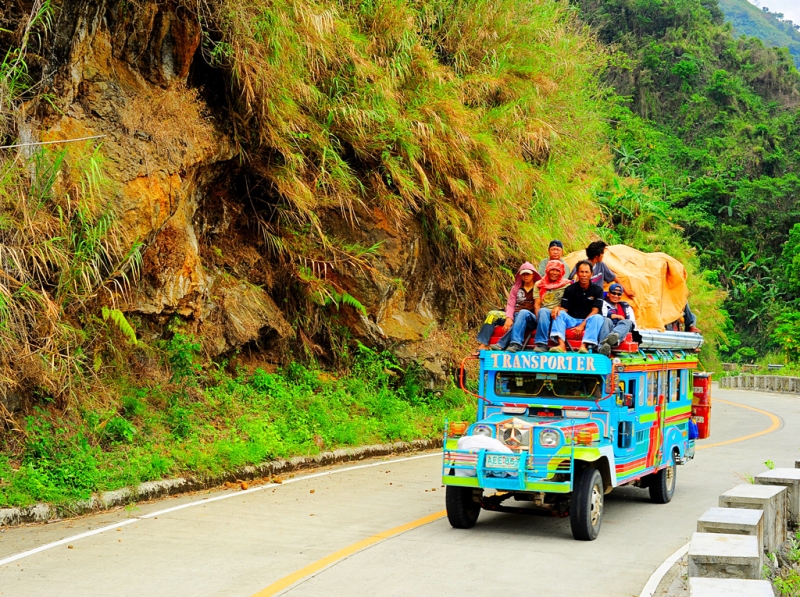
The Philippine Islands have very good quality roads and, unlike the rest of Asia, free roads; public transport is more popular than private transport. But because of this, renting a scooter is more difficult: there is less choice and higher prices. So, there are practically no (variators) of the simplest mopeds of the “get in and go” model here; they immediately offer a semi-automatic, to drive which you will have to master shifting gears, while the price of $100 per month is the best offer, which is not always possible to find.
But food in the Philippines is cheap and tasty. In the evenings, shop owners bring barbecues out onto the road and small street cafes grow around them. They serve simple dishes without any pronounced national flavor – chicken, grilled meat and fish, rice or vegetables as a side dish. The cost of a hearty portion is $1.5-2. There is no special Filipino cuisine here, simple, hearty food without much spice. There are many restaurants and cafes for every taste: Italian, Japanese, German, Mexican and so on. Their prices are very reasonable – dinner for two with wine and dessert costs $15. If you partially cook at home, then spending less than $200 a month on food is quite realistic.
Thus, to spend the winter in the Philippines and moderately travel to different islands, $1000 per month for two will be enough.

Personal experience:
Irene
Last year I spent several months in the Philippines. This can only be called wintering conditionally, given that most of the time I live in Bali, but I have something to compare with. All this time I lived on the island of Siargao, and I got the impression that it was like Bali 30 years ago. There are very few tourists, the beaches are empty and very clean, no one pesters you with offers to buy something or go somewhere, you live as if in a quiet village. We rented the first house we came across, so in the end we paid more than we wanted – about $400 for a month for two, if we had bargained and looked, we would have found it cheaper. I cooked breakfasts at home, and always had dinner in street cafes with fish or grilled chicken – because it was very tasty, and the price was a nice bonus. Renting a bike seemed expensive compared to Bali, and there was no point in it, you can either walk to everything or take a motorized rickshaw for 2 cents. We only rented a moped once for a few days to go to the north of the island.
The only negative was the Internet, slow and intermittent. But for those who don’t have to work, this is even beneficial – with such a connection there is no desire to hang around the computer and there are more reasons to go for a walk, admire nature and spend time with real people.
Sri Lanka
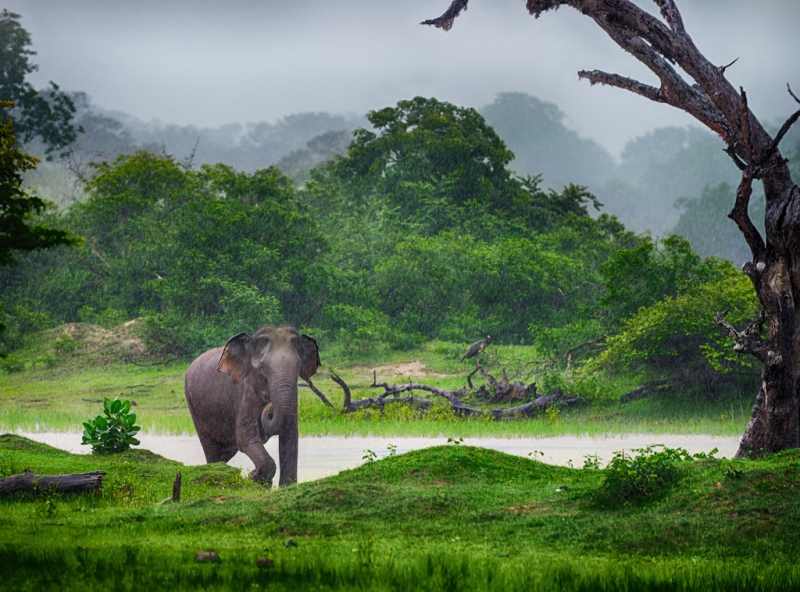
Sri Lanka can be called India of a new generation: the nature, local people and prices are very similar, but the lifestyle is different. If 5-7 years ago winterers wanted to hang out in Goa, now they go to Weligama to surf. Traveling around the island is easy and simple: trains running through the mountains past tea plantations will take you anywhere. Sri Lanka has delicious Indian food and just enough attractions to not get bored here for 3-4 months, and then it’s spring and you can go home.
The mentality of Sri Lankans is the same as that of Indians, so the two countries have a lot in common. The situation with rental housing in Sri Lanka is exactly the same as in India – as you get closer to the beach, the conditions hardly change, but the price grows exponentially. The New Year marks the peak of the tourist season, so prices soar, you can and should bargain, boldly and unprincipledly. A guesthouse room costs $14-20 per day, and a one-bedroom house within walking distance of the beach should cost about $300 per month.
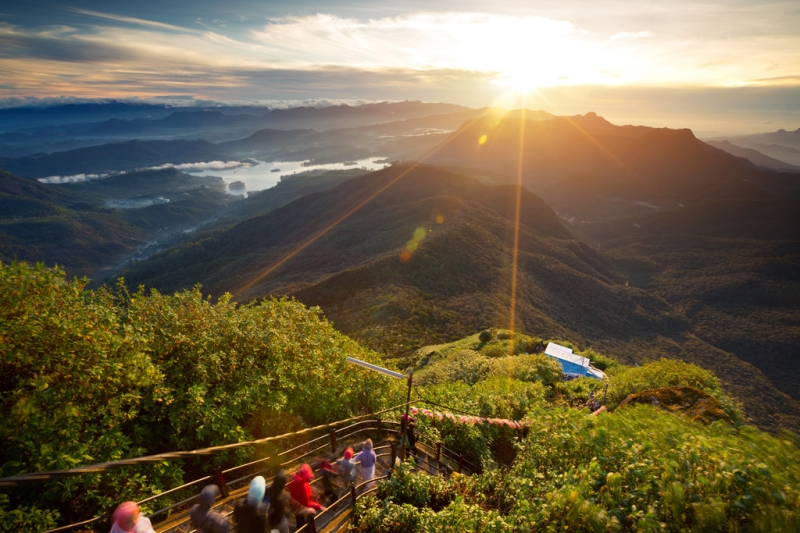
The visa issue is resolved simply: a tourist visa for a month costs $35, and after expiration it can be extended several times at $60 for every two months. Transport costs are also modest. Public transport – tuk-tuks, buses and trains are cheap and it is better to travel with them, since the driving style in Sri Lanka, as in India, is extreme, getting behind the wheel yourself and driving out on the road is scary. On average, if you live near the beach, take a tuk-tuk to the store, and go somewhere further away by train or bus a couple of times a month, then it will cost you less than $100 per month for all your travel.
Food in Sri Lanka is best prepared for the most part by yourself. The local food is very spicy, it is simply impossible to eat it if you are not used to it. In addition, the local catering does not look very attractive: for $1 you will get a portion of inedible-spicy curry on a sticky table in a dark eatery. In good, clean cafes with adapted cuisine, the food is tasty and pleasant, but 4-5 times more expensive. If, for example, you eat at home and go to a cafe two or three times a week, your monthly food expenses will be about $200-250.
It turns out that for a pleasant and interesting winter in Sri Lanka you need about $1000 per month for two, but if you save on cafes and excursions, then it’s quite possible to spend even $700.

Personal experience:
Anya
This year my husband and I will go to Sri Lanka for the winter for the third time. We work there from November to March, teaching surfing, so we live closer to the ocean. Of course, the period for which you rent a house plays a big role – we always pay several months in advance, and we also became friends with the hostess and year after year we rent a house at the same guest house, the price remains the same for us and for the students there is a discount in the guest house. For those traveling for the first time, we can advise you to find someone who has already been to Sri Lanka and try to contact the homeowners through them; you can get a discount through word of mouth. In extreme cases, when searching, you can say, but our friends are renting the same house for $200, thus making it clear that you understand prices. We were initially looking for a place where we could cook ourselves; we have a shared kitchen in the guest house, so I bring buckwheat and oatmeal with me.
We don’t rent a bike, we use public transport, and during peak season we take a tuk-tuk for $200 a month, we need it to be able to welcome arriving students, but for a large company it is also an option. We love Sri Lanka for its quiet way of life, we are surfers, we go to bed early and get up at dawn, so it is important for us to be able to live by the beach and not have constant noisy parties.
Georgia
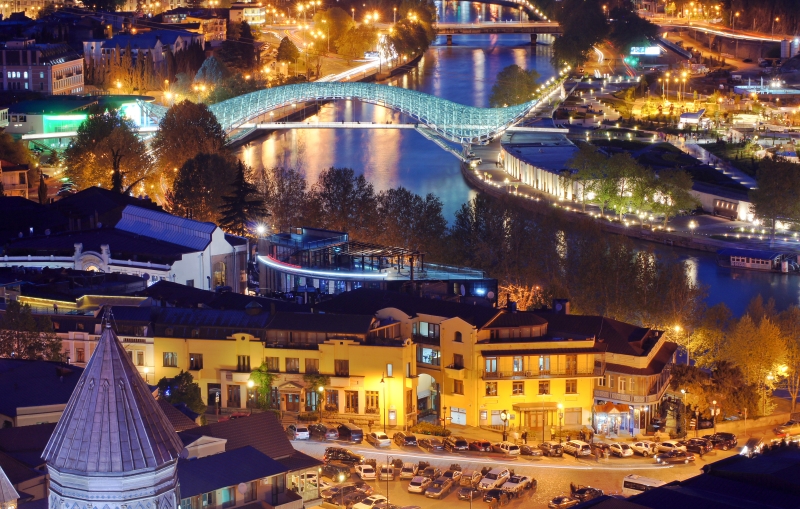
In order to spend the winter in a pleasant mild climate, enjoy inexpensive, delicious food and the friendly attitude of the locals, it is not at all necessary to fly to the other end of the continent. Literally next door is a hospitable country, which in many respects will give a huge head start to overseas resorts – this is Georgia. Of course, if you want to replace winter with summer, Georgia is not suitable for you; there, unlike the tropics, there are the same four seasons as in Russia, but the country is fenced off from the middle zone by mountains, so the weather here is still better. The air temperature in Tbilisi rarely drops to zero; in December and February it stays closer to +10˚C, which, combined with the sun, makes it possible to walk around the city in a hat and jacket, but not die from the cold, but enjoy the freshness. In addition, having settled in Tbilisi, every weekend you can go to the mountains to snowboard or ski.
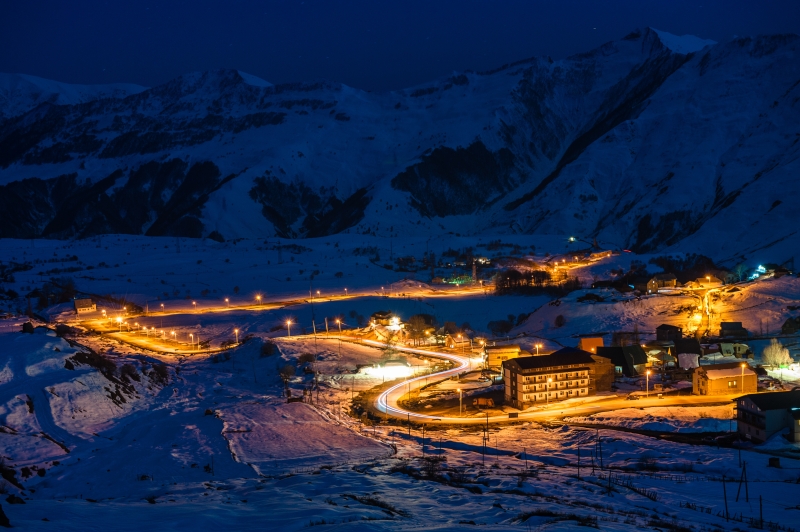
Russian citizens do not need a visa to enter Georgia; they can stay in the country for up to 90 days completely free of charge. The only condition is that the passport must be valid for the entire duration of your stay in the country. If after three months you don’t want to return home, you can leave for a neighboring country and enter again, or contact the Civil Registry Agency, where you can easily add another 360 days to the permitted period of stay.
There are a lot of hotels and hostels in Georgia, but for wintering, of course, it is better to rent an apartment. According to the law, housing rentals must be carried out through realtors, but for those who are looking, their services will be free – the commission is paid by the owner of the living space.
As with everything in the world, the longer the rental period, and the more you can pay up front, the lower the price will be. On average, a modest, clean apartment in an old building far from the center costs $250-300, in a newer building closer to the center – $350-400, and for $500-550 you can find spacious, bright apartments in the very center of Tbilisi.
Everyone who has ever been to Georgia sings praises to the local cuisine. Georgian dishes are very tasty, filling and inexpensive. By law, one khinkali cannot cost more than 1 lari, that’s 45 cents, but in practice the price in a cafe is almost half that, so for $2-3 you can eat for half a day. Products in markets and stores are inexpensive and very high quality. If you eat at home and in a cafe in a 50/50 ratio, then for $200 per month per person you can even gain weight, since it is difficult to stop at the Georgian table.
Moving around Georgia is easy and convenient using public transport. There are buses and minibuses in Tbilisi, and there is also a metro, one trip on which costs 0.5 lari, which is approximately 2.5 cents. You can travel to other cities by buses and trains, the prices of which are also reasonable. On average, transportation costs do not exceed $50 per month.

